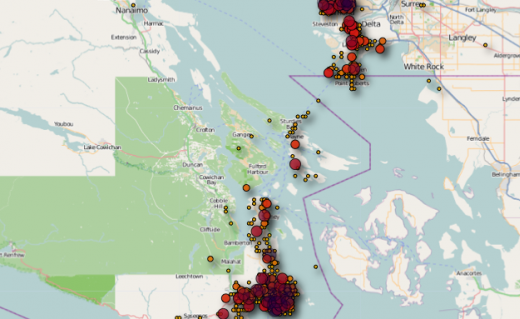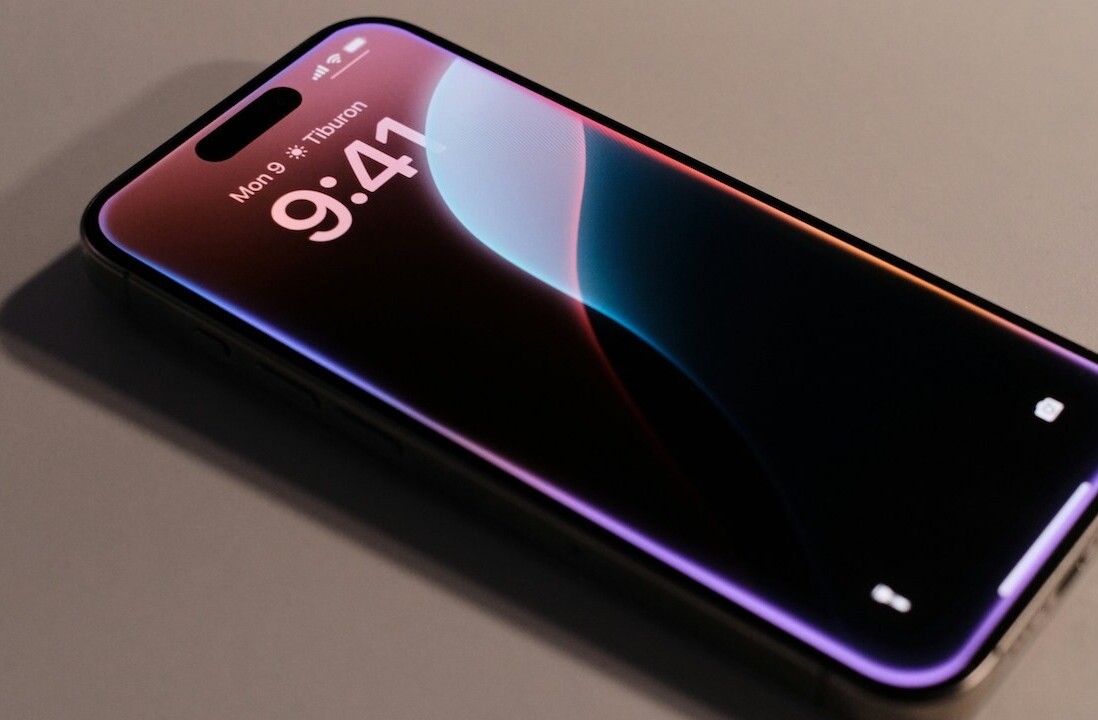
With recent reports popping up all over the web, it’s been confirmed that iPhones (and iPads that are 3G-enabled) are being tracked — at least since the update to iOS 4. While many are up in arms over the hidden nature of this tracking, it very well could be one of the coolest features of the iPhone.
The fact that it is hidden is the problem, really. There are plenty of folks out there who would love to be able to see where they’ve taken their iPhone in their travels — as long as they’re aware of it.
Now users can be made aware of it, thanks to an open-source application developed by Pete Warden and Alisdai Allan. iPhone Tracker is a desktop application that maps the information that your iPhone or 3G-ready iPad is recording about your movements.
Warden was an Apple employee for five years, but didn’t work on anything while with the company that was iPhone-related. He left Apple three years ago on good terms. Allan stumbled upon the tracking through some other work that exposed the hidden “feature.” Both men are disturbed by their findings.
I don’t know if they should be, though.
For example, I’ve taken a look at where my iPhone has been since it started being tracked in July of 2010. It’s interesting to watch the red and orange dots move across the screen as the desktop application maps out everywhere the iPhone has been. In the “all-time” view, it shows a broad cross-section of your iPhone’s whereabouts throughout. It’s a pretty amazing thing to see.

Warden and Allan’s concerns stem from the fact that this information was so easily accessible. They found the movement tracking almost by accident, and they hypothesize that the data is readily available on users’ machine — and a very readable form. The passive tracking has made it possible for others to get access to where you’ve been and when you’ve been there, all down to the approximate address — thanks to the use of cellphone towers that allow the tracking to take place.
Why is Apple tracking the movements of iPhones? Warden speculates that it could be in place for a feature that will come with a future update. But the fact that the tracking is transferrable doesn’t necessarily support that theory entirely, seeing as it is rare that when a user transfers a backup from one to device to another that they hang on to the second device to take advantage of any future upgrading.
With applications and services such as Foursquare and Facebook Places allowing users to check in to various locations, basically leaving a broken trail of bread crumbs in their path, this kind of ability on the iPhone didn’t — and still doesn’t — have to be an issue. The issue is that it was widely unknown that it was going on in the first place.
Now that you’re aware of it, you can take any steps you see fit to deal with it. That’s the real beauty of the duo’s findings. Enough with the fear and furor over this hidden “feature” — we should be thanking Warden and Allan for bringing this to light.
The more one knows about something, the more one can do something about it. Warden and Allan have provided users with something that wasn’t offered before: knowledge. It’s up to each user as to what they do with that knowledge.
Update: Users can opt-out of the tracking by turning off global Location Services on the device. That will, however, impact any third-party app that wants to use location services. Users who want to keep the tracking from occurring will have to keep on top of that as they install new apps. Apple has a portion of the license agreement dedicated to Location Data. It can be viewed here.
Get the TNW newsletter
Get the most important tech news in your inbox each week.





